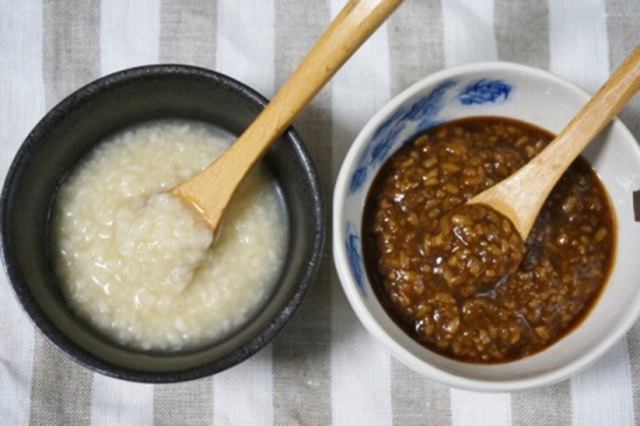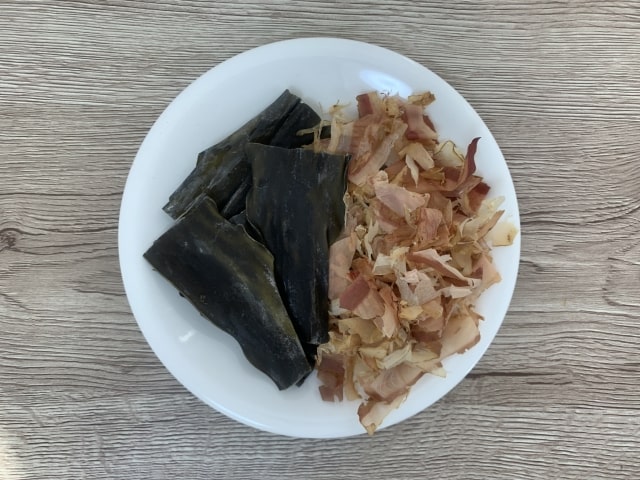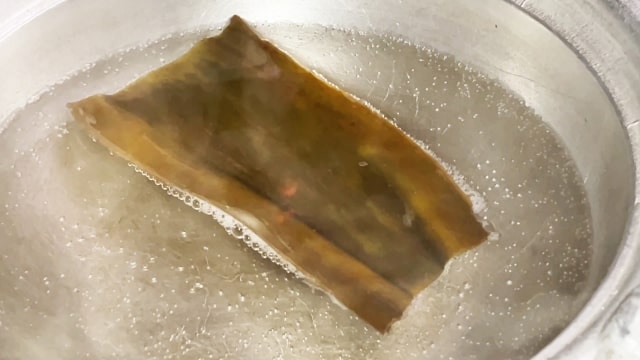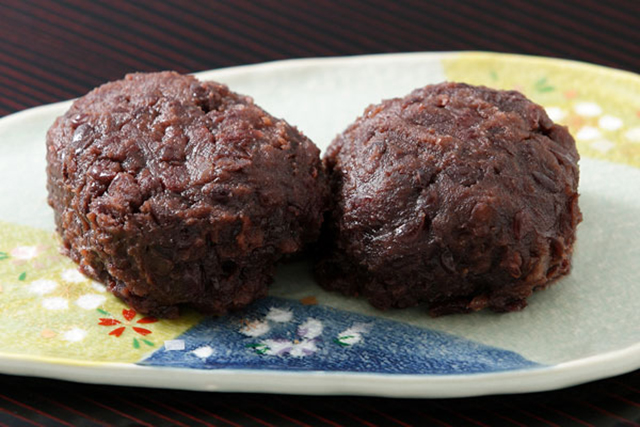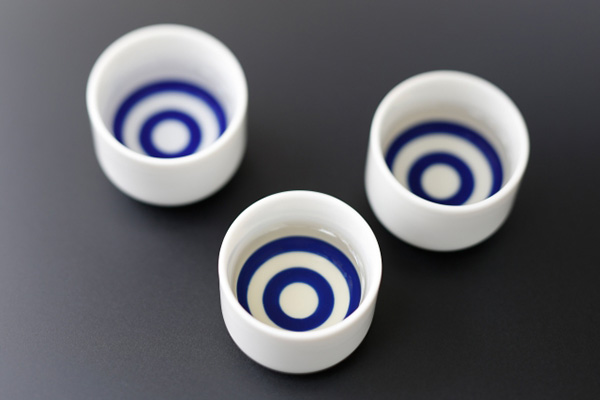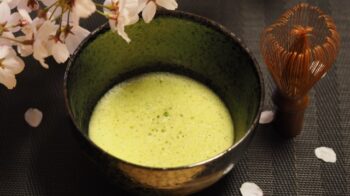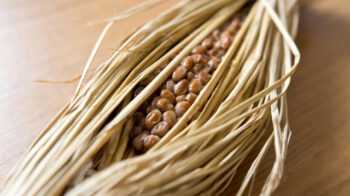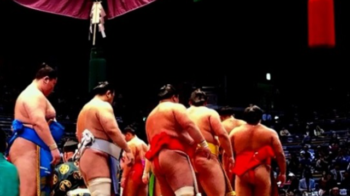Japanese Umami
Welcome to the world of Umami.
Simply speaking, Umami is a deep flavour which had not been clarified in ancient Japan. That is to say, the 5th flavour other than sweetness, acidity, saltiness and bitterness.
Let’s look into its world.
Below is the contents of this page.
1. Umami in Japanese
In 1908, Dr. Ikeda Kikunae discovered monosodium glutamate (MSG) from the ingredients mainly used to make Japanese soup stock called Dashi, such as edible kelp (kombu) , shavings of dried bonito (katsuobushi) etc.
Since it was impossible to categorise it into already established 4 flavours (sweetness, acidity, saltiness, bitterness), he gave it a new name, Umami.
Umami flavour
Scientifically speaking, this flovour is mainly caused by
- amino acids (such as glutamic acid and aspartic acid),
- nucleic acid (such as inosinic acid, guanylic acid and xanthylic acid)
- other organic acids (such as succinic acid and its salts).
Through the above knowledge, Dr. Ikeda opened up a door to develop chemical seasonings, what we call Umami seasonings.
We also call them artificial Dashi.
– Recipe (Dashi)
Although artificial Dashi is convenient, to make Dashi from natural ingredients is a basic part of Japanese cooking.
Therefore, let’s learn how to make Dashi.
The below is the most common style of recipe (dashi). Actually, each family has its own style of making dashi.
- Prepare dashi making ingredients such as edible kelp (kombu), shavings of dried bonito (katsuobushi), dried baby sardines (niboshi).
- Place them in a pan filled with water.
- Heat the water to near-boiling temperature.
- Strain the liquid.
This liquid is called Dashi.
Kanji and Kana
1) Kanji
To learn Kanji (Chinese characters) is always interesting and beneficial to understand what the word means.
Through Kanji, we can virtually grasp not only the meaning of the word, but also the background it was born in.
Kanji for Umami is 旨味.
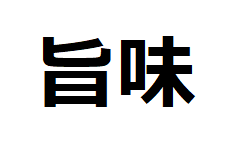
Firstly, 旨(uma).
In fact, this Kanji comes from 甘 which means sweet. The upper part⼔ describes a spoon to scoop something sweet.
Secondly, 味(mi).
味 means taste. On the left part, you can find 口(kuchi) which means mouth. Since we take foods from mouth, 口 is widely used in the words related to foods. For example, Koi-kuchi/Usu-kuchi.
By the way, mi of Miso comes from this mi 味.
2) Kana
There are two phonograms (kana) in Japanese: 1) Hiragana and 2) Katakana.
According to the most supported theory, both of them were formed by adopting one element of a Kanji character with similar sounding.
Originally, Hiragana were only for women. But today, it has by far the wider usage.
Talking of 2) Katakana, we use it mainly for foreign origin words.
Incidentally, there are 46 characters in both Hiragana and Katakana systems.
As for Umami, Hiragana is うまみ and Katakana is ウマミ.
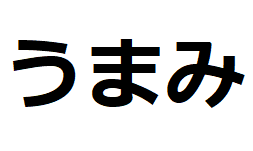
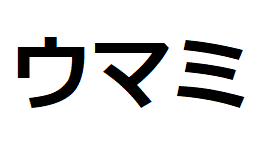
2. Amami
As mentioned above, Kanji 旨 has its origin in Kanji 甘 which means sweet.
Therefore, next, let’s check Kanji 甘.

According to the most supported theory,甘 illustrates a mouth (口) with some food inside.
Undoubtedly, this food is sweet.
By the way, the Kanji for sweetness is 甘味 and we pronounce it amami.
As well as umami, amami uses the Kanji 味 which means taste.
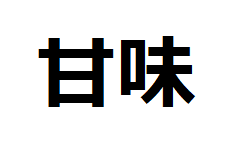
As for Kana, Hiragana is あまみ and Katakana is アマミ.
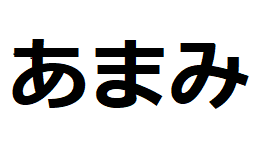
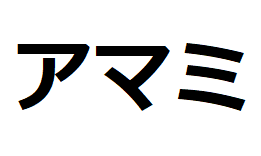
Amai
Actually, Amami is a noun of the adjective Amai which means sweet.
In ancient times, sweet foods were very precious and everyone loved sweetness.
Naturally, no body doubted that the sweet (Amai) is delicious (Umai).
However, in the modern society where sweets are fairly accessible, people reckon Umai and Amai as totally different concepts.
By the way, all the adjectives in Japanese finish in Kana i (い/イ).
As for Kana, Hiragana for Amai is あまい and Katakana is アマイ.
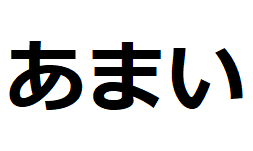
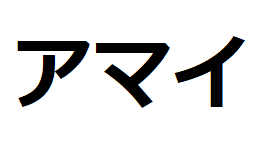
3. Umai in Japanese
Next, let’s check the adjective Umai.
Because Umami is a noun of the adjective Umai.
Interestingly, Umai is used in various situations, not only for foods and drinks.
For example,
Kono sake wa umai ⇒ This sake is good.
Kare wa eigo ga umai ⇒He is good at English.
Kare wa kuchi ga umai ⇒He is a flatterer.
Therefore, as well as Umai, we often use the word Umami outside of food related situations.
Generally speaking, it is related to some kind of profit.
For example,
Umami no aru yakuwari ⇒ a profitable role
Umami ga deru-made tsuzukeru ⇒ keep on doing something until it offers more profit.
As well as Amai, Umai finishes in Kana i (い/イ).
As for Kana, Hiragana for Umai is うまい and Katakana is ウマイ.
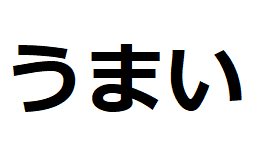
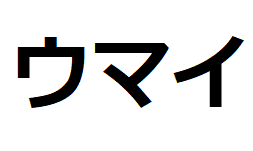
Oishii
Lastly, let’s learn about another adjective, Oishii.
As well as Umai, Oishii means good or delicious.
But different from Umai, we used Oishii only in food related situations.
However language is always changing and recently Oishii has broadened its world.
For example,
Kono shigoto wa oishii ⇒This job is profitable. We can get far more gains than our efforts.
Kono kankei wa oishii ⇒This relationship is beneficial for me (Sometimes, the speaker doesn’t care about the benefit of the other).
As well as Umai, Oishii finishes in Kana i (い/イ).
As for Kana, Hiragana for Oishii is おいしい and Katakana is オイシイ.
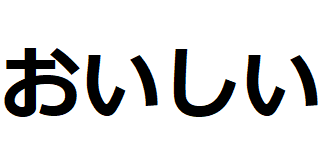
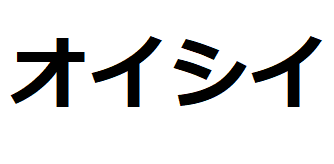
Umai vs Oishii
Then, what’s the difference between Umai and Oishii?
When we are talking about food, they have the same meaning; delicious or good. But roughly speaking, Oishii is more polite than Umai.
On the other hand, when the topics are other than food, they cannot be replaced.
For example,
- 〇Kare wa eigo ga umai ⇒He is good at English.
×Kare wa eigo ga oishii. - 〇Kare wa kuchi ga umai ⇒He is a flatterer.
×Kare wa kuchi ga oishii. - 〇Kono shigoto wa oishii ⇒This job is profitable.
×Kono shigoto wa umai - 〇Kono kankei wa oishii ⇒This relationship is beneficial for me
×Kono kankei wa umai

